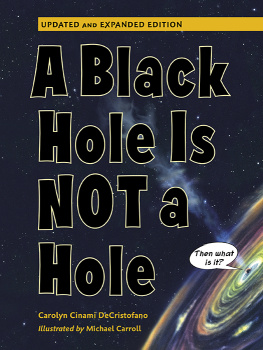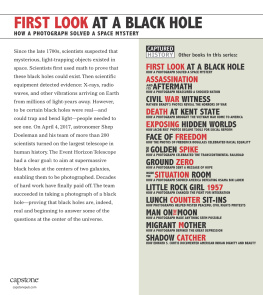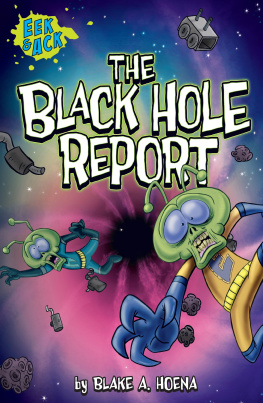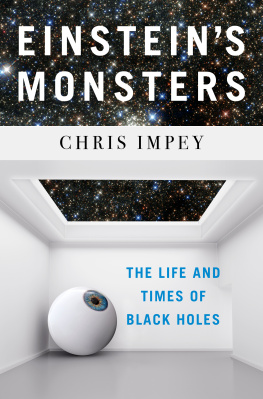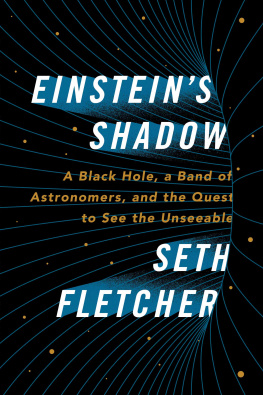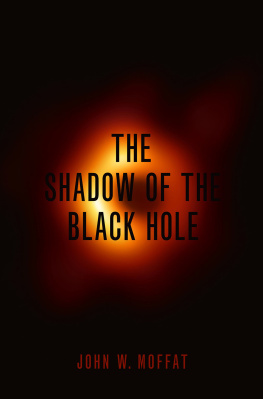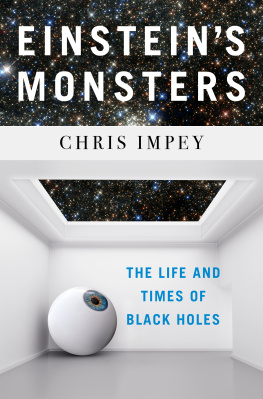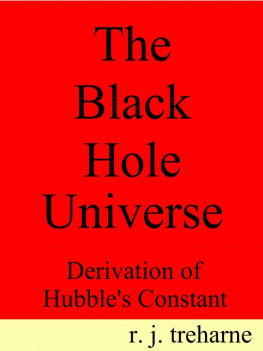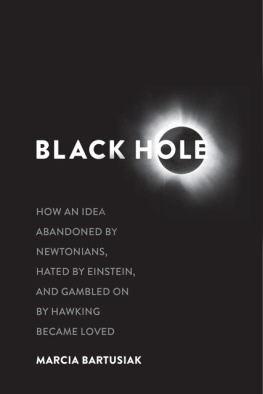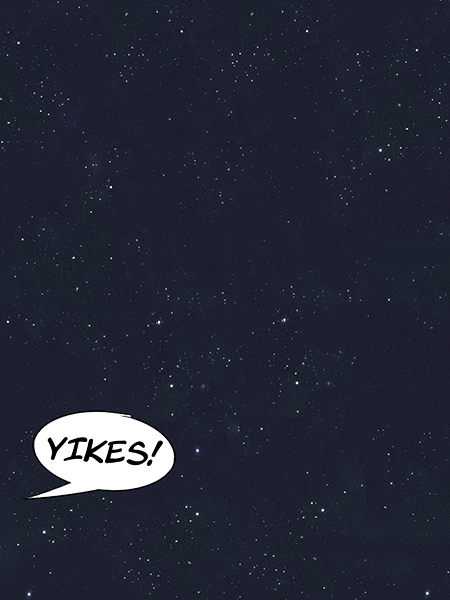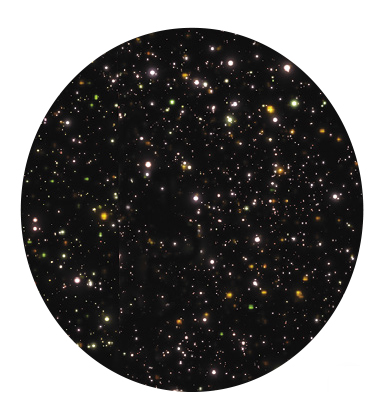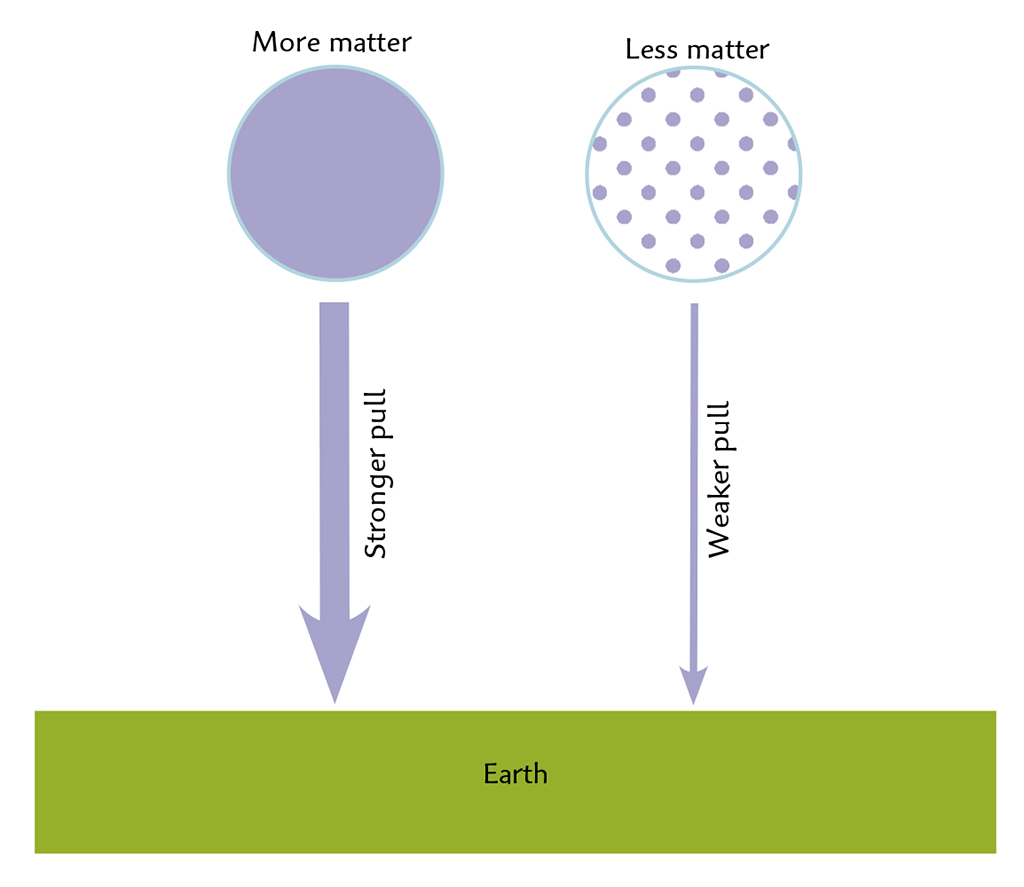To Alyssa Mito Pusey, who heard a books worth of possibility in a short conversation. Working with you is one of my greatest professional joys and privileges.
I would also like to express my deep respect and appreciation to Judy OMalley. Her experience, vision, and vitality helped shape this book.C. C. D.
To Caroline, Andrew, and Alexandra, the stars in my life; and to my cars, the financial black holes of my universe.M. C.
Updated edition 2021
First paperback edition 2017
Text copyright 2012 and 2021 by Carolyn Cinami DeCristofano
Illustrations copyright 2012 and 2021 by Michael Carroll
All rights reserved, including the right of reproduction in whole or in part in any form. Charlesbridge and colophon are registered trademarks of Charlesbridge Publishing, Inc.
At the time of publication, all URLs printed in this book were accurate and active. Charlesbridge, the author, and the illustrator are not responsible for the content or accessibility of any website
Published by Charlesbridge
9 Galen Street
Watertown, MA 02472
(617) 926-0329
www.charlesbridge.com
Library of Congress Cataloging-in-Publication Data
Names: DeCristofano, Carolyn Cinami, author. | Carroll, Michael, illustrator. Title: A black hole is not a hole: updated and expanded edition / Carolyn Cinami DeCristofano; illustrated by Michael Carroll.
Description: Updated and expanded edition. | Watertown, MA: Charlesbridge, 2021. | Includes bibliographical references and index. | Audience: Ages 912 | Audience: Grades 46 | Summary: An accessible introduction to black holes: what they are, how they form, and how scientists find them. This expanded edition includes updated facts and a new chapter on the first-ever photograph of a black hole.Provided by publisher.
Identifiers: LCCN 2020055951 (print) | LCCN 2020055952 (ebook) | ISBN 9781623543082 (hardcover) | ISBN 9781623543099 (trade paperback) | ISBN 9781632899606 (epub)
Subjects: LCSH: Black holes (Astronomy)Juvenile literature.
Classification: LCC QB843.B55 D43 2021 (print) | LCC QB843.B55 (ebook) |DDC 523.8/875dc23
LC record available at https://lccn.loc.gov/2020055951
LC ebook record available at https://lccn.loc.gov/2020055952
Printed in China
(hc) 10 9 8 7 6 5 4 3 2 1
(pb) 10 9 8 7 6 5 4 3 2 1
Illustrations done in acrylics and Adobe Photoshop
Type set in Palatino, Palatino Informal Sans, and Blambot
Color separations by KHL Chroma Graphics, Singapore
Printed by 1010 Printing International Limited in Huizhou, Guangdong, China
Production supervision by Jennifer Most Delaney
Designed by Susan Mallory Sherman and Connie Brown
Introduction
Have you heard the news?
In outer space, mysterious entities called black holes seem up to no good.
From the headlines, youd think black holes were beasts with endless appetites, lying in wait for the next meal. By some reports they are runaway, out-of-control predators that feed on galaxies, only to belch and spit out what they dont eat. They lurk in the shadows, mangling stars and gobbling them up. In short, they have a nasty reputation for being monsters gone mad.
But you know what?
A black hole isnt a monster. Its not even alive. That means it cant lurk, eat, or belch. It has no dark, destructive desires.
Of course, you may have already figured this out. But you know what else?
A black hole is NOT a holeat least not the kind you can dig in the ground or poke your nger through. You cant just walk along and fall into one. A black hole isnt a hole like that.
If a black hole is not a hole, then what in the universe is it?
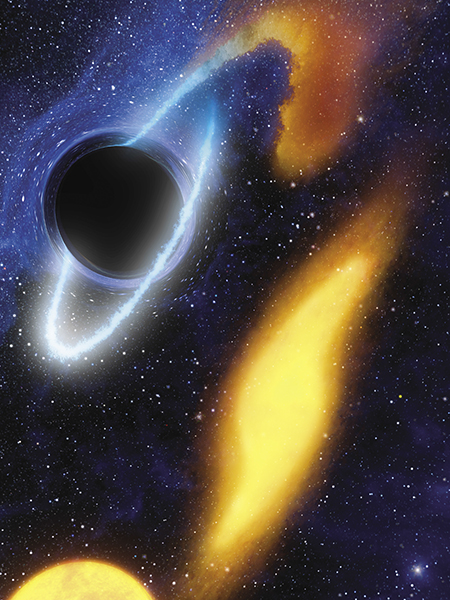
Just outside a black holes extreme gravity zone, its gravitation is still remarkable. In this artists picture, a black hole pulls clouds of gas off a nearby star.
The Pulling Power of a Black Hole
A black hole is an extreme gravity zone.
Gravity is the source of a black holes super pull.
You deal with gravity every day. You count on it to bring you back to the ground when you jump up. You depend on it when you try to catch a pop fly, knowing the ball will fall down. You expect it to be there, even if you dont think about it much.
People must have always noticed that objects fall, but they didnt know what made this happen. They certainly didnt guess that falling objects had anything to do with the stars, Moon, planets, and Sunbut then one man came along with some new ideas.
Gravity Rules
That man was Isaac Newton. In 1687 he proposed that objects fall to the ground because Earth pulls on them. But his idea reached beyond Earth. He suggested that all things pull on each other, even when they are not touching. He considered this pull a force of nature and referred to it as gravitas what we now call gravity.
According to Newton, the force of gravity is a two-way tug between any two objects. It works with anythingany matter at all. The matter can be a tiny bit of a thing, as small as a speck of stardust. It can be a huge collection of material, as gigantic as a galaxy. It can be as rigid as rock or as flimsy as flame. No matter what it is, if its made of matter, then it possesses the power to pull on anything else.
Newton also noted that in any situation, the strength of the pull depends on how much matter, or mass, is involved. When theres a lot of matter, theres a strong pull. Less matter means a weaker pull. For example, imagine a fluffy snowball and a harder-packed snow-ball of the same size. The fluffier ball is made of less stuff. Its pull is wimpier than the pull of the densely packed ball.
You can feel this difference when you hold the two snowballs in your hands. Each one presses down on your hand because of the gravitational attraction it shares with Earth. The hard-packed snowball has a stronger attraction to Earth because it is made of more material. It presses more forcefully than the fluffy one. It feels heavier.
Gravity works everywhere in the universe (as far as anyone can tell). Its gravity that holds the solar system together. Even faraway Pluto and Neptune, as well as the outer comets, are gravitationally connected to the Sun. Instead of flying off into other parts of space, they stay in our solar neighborhood. The Suns gravitational pull extends so far out because the Sun has a lot of matter packed into itabout five hundred times the mass of everything else in the solar system combined!

